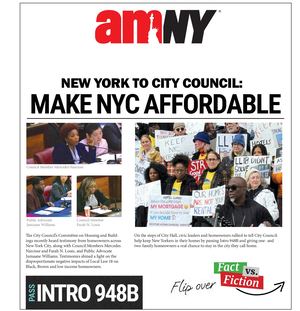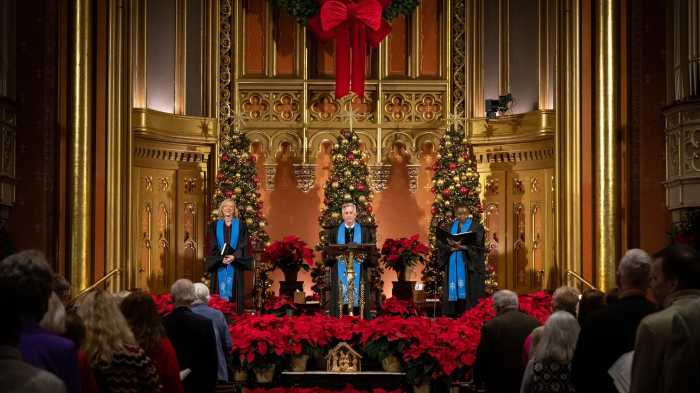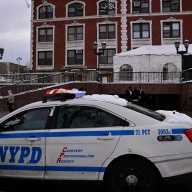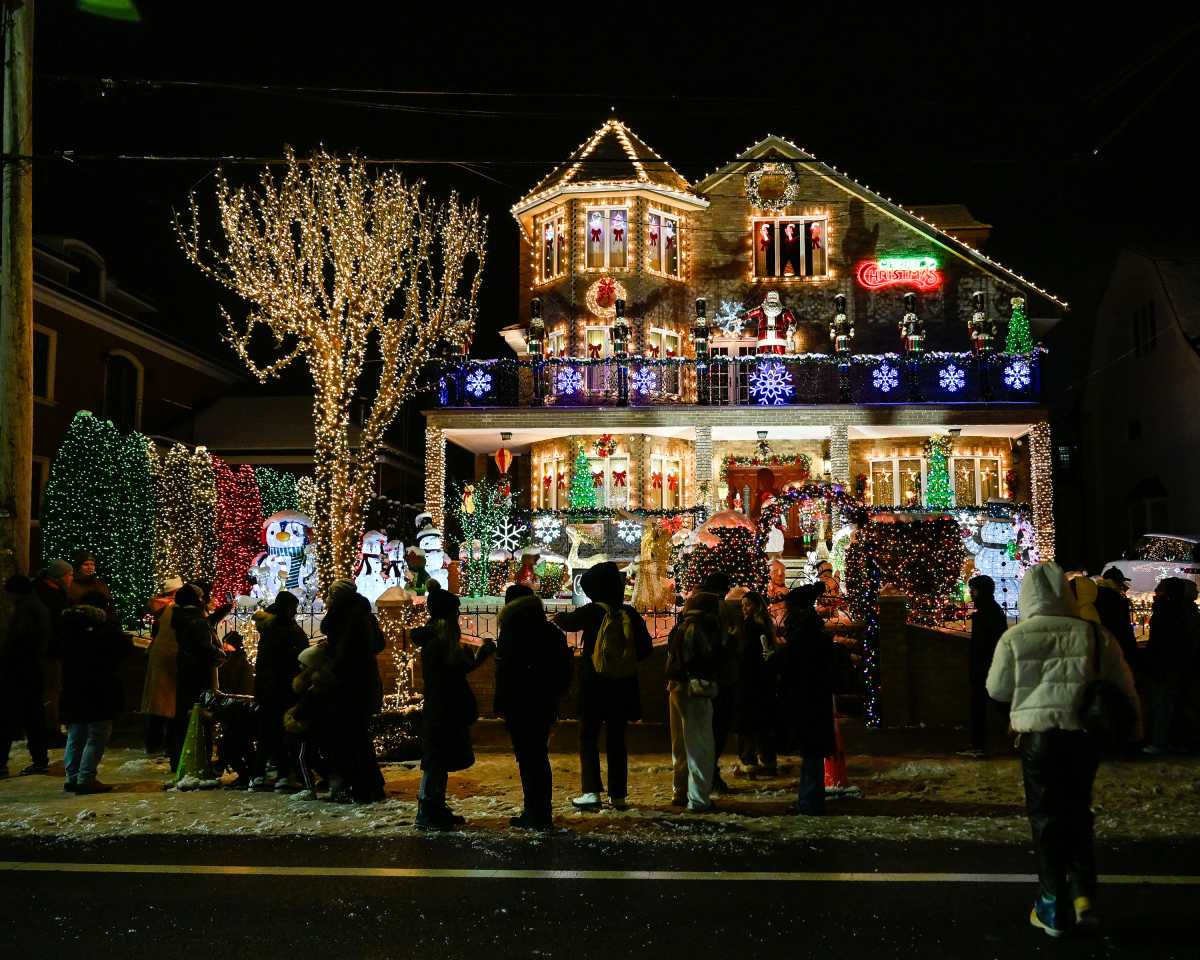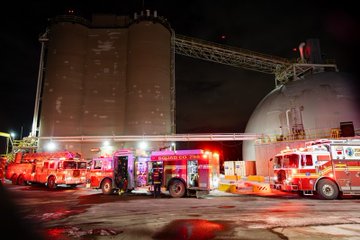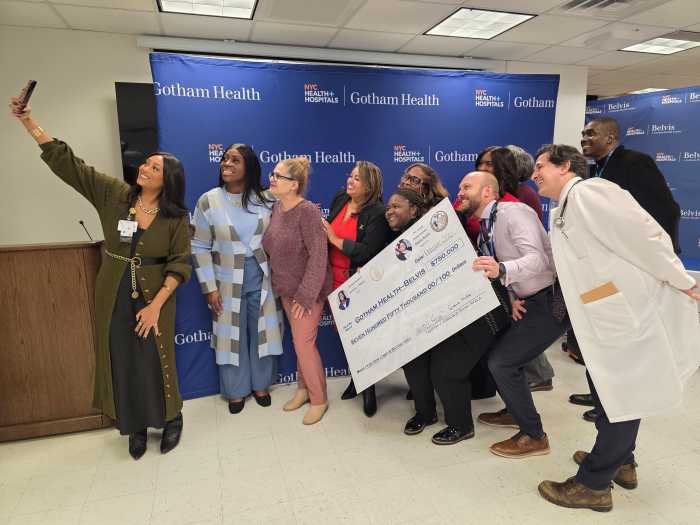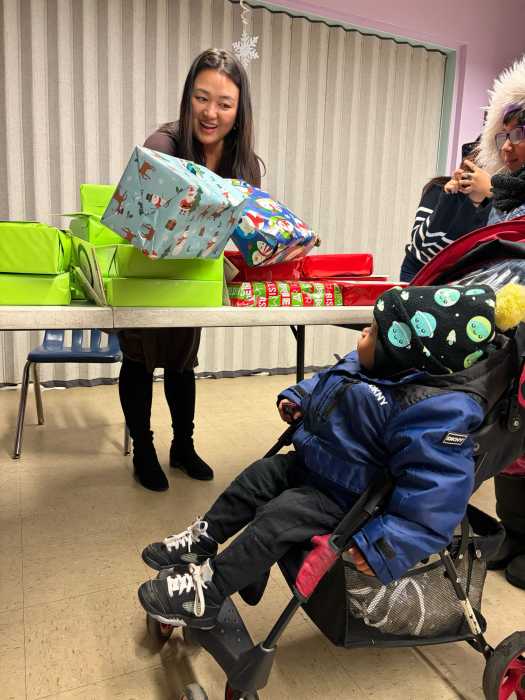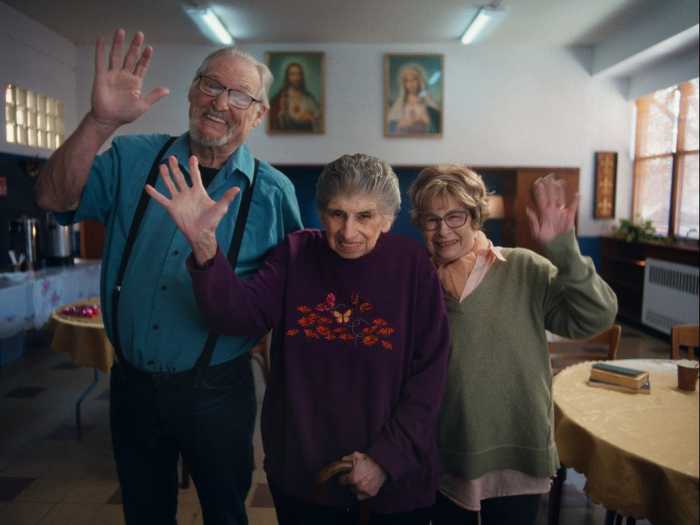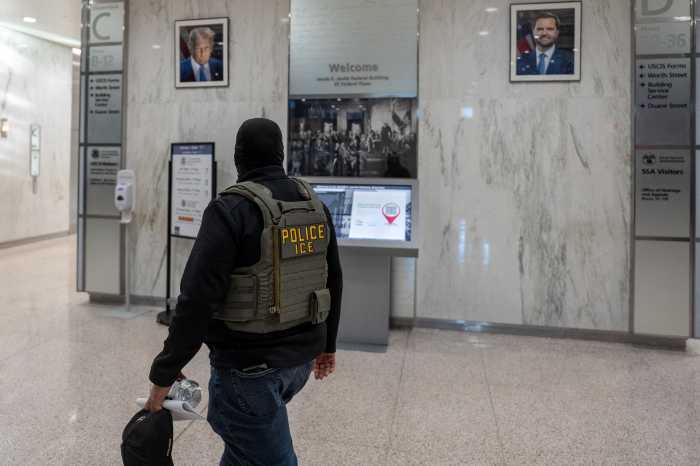BY Aline Reynolds
Community Board 1 has come out with a new guide that is proving popular among Downtown seniors. Tom Goodkind, C.B.1 member and the guide’s editor-in-chief, saw a need for a resource that particularly caters to Lower Manhattan elders.
“We need to start concentrating on the senior community more,” he said. “So we thought, the best way to start is to take an inventory of what we have.”
The guide’s editorial team, made up of fellow C.B. 1 members and a group of neighborhood volunteers, phoned up and researched every senior-related center in the board’s district to come up with a comprehensive list of resources for neighborhood seniors.
The 55-page guide is divided into four sections: housing and senior centers, resources for health and safety, transportation benefits for seniors and local clubs and organizations.
The handbook was released in late July and is now in its second printing. Copies of the guide at the C.B. 1 offices, at 49-51 Chambers Street, are going quickly.
“The first batch went fast. I have a feeling we’ll go through other printings,” said Noah Pfefferblit, C.B. 1’s district manager.
Part one lists and describes health centers and programs in Battery Park City, the South Street Seaport, and the Lower East Side. The chapter also highlights the naturally occurring retirement community (NORC) model, which enables seniors to comfortably “age in place”.
While not officially designated as a NORC demographic by New York City or State, the C.B. 1 district subscribes to the model, the guide indicates, by helping “prevent, mitigate, or reverse the negative impact on health and well-being of aging alone.”
“[The guide] should help act as a catalyst for a community interested in figuring out how people who live there now can remain living, even as their needs become greater as they grow older,” said Anita Altman, deputy managing director of the Department of Government Relations and External Affairs at UJA-Federation of New York, a Jewish communal planning and philanthropy organization. Altman was asked to talk to the guide’s volunteer group about the NORC model.
Part two of the handbook names various health and safety resources, such as settlement houses, a Medicare service center and Downtown Hospital. Several homecare and service providers, following the NORC model, are listed in the guide. The section also contains legal referrals, drug stores and other health-related resources.
Part three outlines transportation benefits for seniors, such as canes and electric wheelchairs for pedestrians; parking permits for drivers with disabilities; and reduced-fare MetroCards for people 65 and older. There is also Access-a-Ride, which offers door-to-door transportation for seniors who struggle with public transit. There is also a list of senior escorts and shopping van services.
The fourth section lists and provides descriptions and contact information of local clubs and organizations for seniors, such as Battery Park City Seniors and the New York Foundation for Senior Citizens, steps away from City Hall.
“My hope is that that this guide will make people start paying more attention to the problems facing our aging population – they’re huge,” Goodkind said.
The guide is being released at a time when the Downtown senior community is on the rise. Community Boards 1 and 2 included 19,403 residents ages 60 and up in 2005-07, compared to 17,731 residents ages 60 and up in the year 2000, according to the New York City Department for the Aging.
D.F.T.A. Commissioner Lilliam Barrios-Paoli said the guide is “wonderful” and a model for other community districts around the city.
“It is detailed and user-friendly… It puts all the relevant information in one place and tells [seniors] how to access necessary services in a way that they can understand,” she said.
The Lower Manhattan community is already “saturated” with senior centers, she added, but the guide is a crucial resource “ because most of us don’t know where services are.”
Community members can get a free hard copy of the senior guide at the C.B. 1 offices or a digital version on the C.B. 1 website, ww.nyc.gov/html/mancb1/html/home/home.shtml.
The guide is also available at the Battery Park and New Amsterdam Libraries, and at Downtown’s two major senior living facilities, St. Margaret’s House and The Hallmark. Comments about the guide may be submitted via e-mail at man01@cb.nyc.gov or by calling the C.B. 1 office at 212-442-5050.
